Yeast Infection in French Bulldogs: Reason and Best Treatment Options
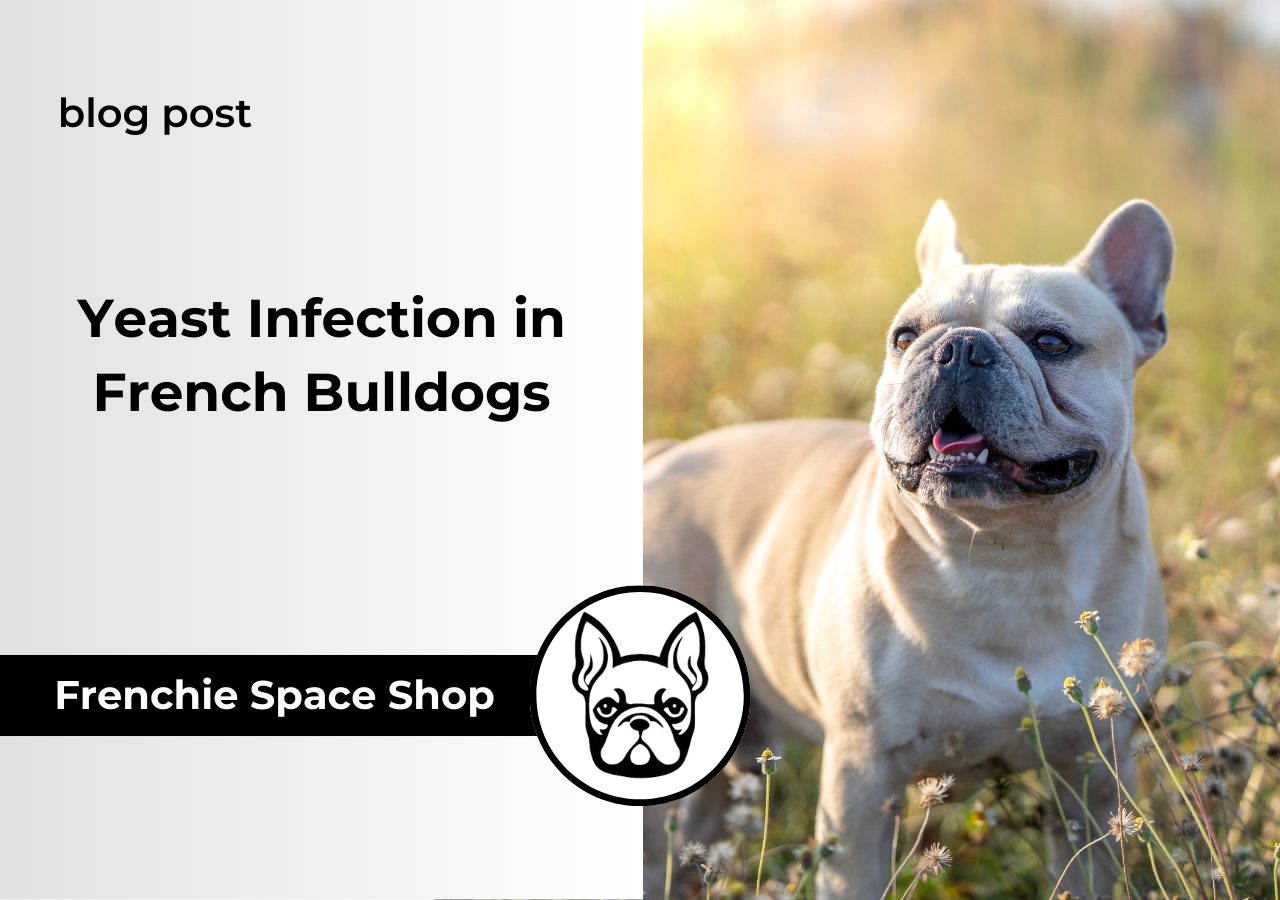
Yeast infection in French bulldogs is probably one of the smelliest and most annoying conditions your dog can face. It’s often followed by a ‘’popcorn’’ or ‘’cheese’’ smell, and treatment can last quite a long time. That’s why it’s very important to treat it from the very beginning. Otherwise, your Frenchie may develop additional infections and suffer great pain.
Understanding Yeast Infection in French Bulldogs
Yeast is a type of fungus, specifically a single-celled microorganism, that naturally exists on the skin and in the digestive system of many animals, including dogs. In normal amounts, yeast is harmless and even plays a role in maintaining the balance of microorganisms on the skin and in the gut. However, when the environment on the skin or in the body changes in a way that favors yeast growth, it can multiply excessively, leading to an infection.
Where Can Yeast Infection Occur?
Yeast infections can develop in various parts of a French Bulldog’s body, including:
- Ears: One of the most common places, often confused with ear mites in French Bulldogs. Check whether your Frenchie’s ear smell like popcorn or cheese. Monitor his behavior and whether he scratches his ears very often.
- Paws: Particularly between the toes, known as yeast infection on French Bulldog’s paws. French bulldogs who lick their paws constantly often suffer from yeast infection.
- Skin Folds: Frenchies have numerous skin folds where moisture can accumulate, creating an ideal environment for yeast. Yeast adore moist and dark places.
- Underbelly and Armpits: These warm, moist areas are also susceptible.
How Do Yeast Infections Occur?
Yeast infections in Frenchies typically occur due to an overgrowth of the naturally occurring yeast on their skin. Several factors can contribute to this overgrowth:
- Moisture: French Bulldogs’ skin folds trap moisture, providing a perfect breeding ground for yeast. Besides, folds are warm inside which means fungus and bacteria find them as perfect spots to breed.
- Diet: A diet high in carbohydrates and sugars can promote yeast growth. Just like in people, yeast can overgrow if you’re feeding your pooch a grain-rich diet.
- Allergies in French bulldogs: Allergic reactions can alter the skin’s natural balance, leading to infections. For example, when your batpig eats something that makes him/her feel itchy, a yeast can grow on his skin as a response to weakened immunity. A weakened immune system can make it difficult for your Frenchie to keep yeast levels in check.
Symptoms of Yeast Infection in French Bulldogs
Recognizing the symptoms of a yeast infection in your French Bulldog is the first step toward treatment. Here are some common signs:
- Itching and Scratching: persistent scratching, especially in the affected areas.
- Redness and Inflammation: Inflamed, red skin, particularly around the ears and paws.
- Discharge and Odor: A thick, brownish discharge from the ears or a foul smell from the infected area. If your dog develops yeast between toes, then he/she will probably release ‘’cheese’’ or ‘’popcorn’’ smell.
- Licking and Chewing: constant licking or chewing at paws or other infected areas.
- Hair Loss: Patchy hair loss around the infection site.
- Discomfort and Pain: general discomfort or signs of pain when touching the infected area.
Treating Yeast Infections in French Bulldogs
Once you’ve identified a yeast infection, it’s important to act promptly. Here are some effective treatments and preventive measures:
1. Topical Treatments
- Antifungal Shampoos and Wipes: Use antifungal shampoos designed for pets, focusing on the affected areas. Medicated wipes can help clean between skin folds.
- Ear Cleaners: For yeast infections in French Bulldog’s ears, regular cleaning with a vet-approved ear cleaner can help. We recommend you to check the French Bulldog Ear Drops as one of the best health & care products for Frenchies. This solution cleans their ears thoroughly and help them stay free of dirt, vax, and bacteria.
French Bulldog Ear Wipes are another product that is not only practical but also removes all the debris from your Frenchie’s ears. Put the finger-shaped wipe and gently clean the outer ear of the dog.
2. Dietary Adjustments
- Low-Carb Diet: Reducing carbohydrates in your Frenchie’s diet can limit yeast growth. Focus on high-protein, low-carb foods. For Frenchies who suffer from allergies, belly flatulence and food intolerance, raw diet seems like the best choice.
- Probiotics: Adding probiotics to your dog’s diet can help maintain a healthy balance of gut bacteria, indirectly controlling yeast levels. You can daily add a few spoons on the top of your dog’s dry kibble or raw diet to help your Frenchie in controlling bacteria and fungus levels.
3. Environmental Management
Regularly dry your Frenchie’s skin folds and paws, especially after baths or walks. If your pooch deals with yeast on paws, then you can put protective French bulldog shoes or boots when going outside. Keep your Frenchie’s bedding clean and dry to prevent yeast buildup. In case you French bulldog’s bed is not washable, then you can put a cotton sheet over it so your dog can enjoy sleeping on a natural, skin-friendly fabric.
4. Veterinary Treatment
When home remedies and preventive measures aren’t enough, it’s time to seek professional help. Sometimes, yeast can’t be treated in home conditions. Your veterinarian plays a crucial role in diagnosing and treating yeast infections in French Bulldogs. Here’s a detailed look at what veterinary treatment involves:
Medications
In severe cases of yeast infection, your vet may prescribe a variety of medications to help control the infection and relieve your Frenchie’s discomfort. Here are some commonly used medications:
- Antifungal Medications: These are the cornerstone of yeast infection treatment. Antifungal medications can come in several forms, including oral tablets, topical creams, and medicated shampoos.
- Oral Antifungals: Drugs like ketoconazole, fluconazole, and itraconazole are commonly prescribed. These medications work from the inside out, targeting the yeast throughout your dog’s body.
- Topical Antifungals: For localized infections, topical treatments such as miconazole or clotrimazole creams can be highly effective. These are applied directly to the infected areas.
- Medicated Shampoos: Regular bathing with antifungal shampoos containing ingredients like chlorhexidine or miconazole can help manage and prevent infections. These shampoos should be used as directed by your vet, often on a weekly basis.
- Steroids: In cases where there is significant inflammation and itching, your vet might prescribe steroids to reduce these symptoms. Steroids such as prednisone can quickly reduce inflammation and provide relief, but they are typically used for short periods due to potential side effects.
- Antibiotics: Sometimes, a yeast infection is followed by a secondary bacterial infection. If this is the case, your vet may prescribe antibiotics in addition to antifungal medications.
- Ear Drops: For yeast infections in French Bulldog’s ears, medicated ear drops or ointments that contain antifungal and anti-inflammatory ingredients are commonly used. Examples include otomax and tresaderm.
Preventive Tips for Pet Parents
Prevention is always better than cure. Here are some tips to help prevent yeast infections in your French Bulldog:
Regular Cleaning:
Clean and dry your Frenchie’s ears, paws, and skin folds regularly. Just like you do your daily hygiene, make sure you clean your dog too. Besides ears, paws and wrinkles, French bulldog tail pocket is an important ”nasty-smelling spot” that can easily become infected. Since French bulldogs don’t have tails, those pocket can collect dirt and feces and become inflamed.
Balanced Diet:
Feed a balanced, low-carb diet to reduce the risk of yeast overgrowth.Avoid foods that contain wheat, corn, rice, barley, and oats. These grains are common in many commercial dog foods. Limit potatoes, sweet potatoes, peas, and other starchy vegetables, as they also contribute to sugar levels in the body.void any dog foods or treats that list sugar, corn syrup, or other sweeteners as ingredients. While some fruits can be healthy in moderation, avoid feeding your dog fruits that are high in sugar, such as bananas, grapes, and apples.
Yeast Infection in French Bulldogs: Conclusion
Dealing with a yeast infection in French Bulldogs can be challenging, but with the right knowledge and prompt action, it can be effectively managed. By recognizing the symptoms early and employing both preventive and treatment strategies, you can keep your Frenchie happy and healthy. Always consult with your veterinarian for the best course of action tailored to your pet’s specific needs.


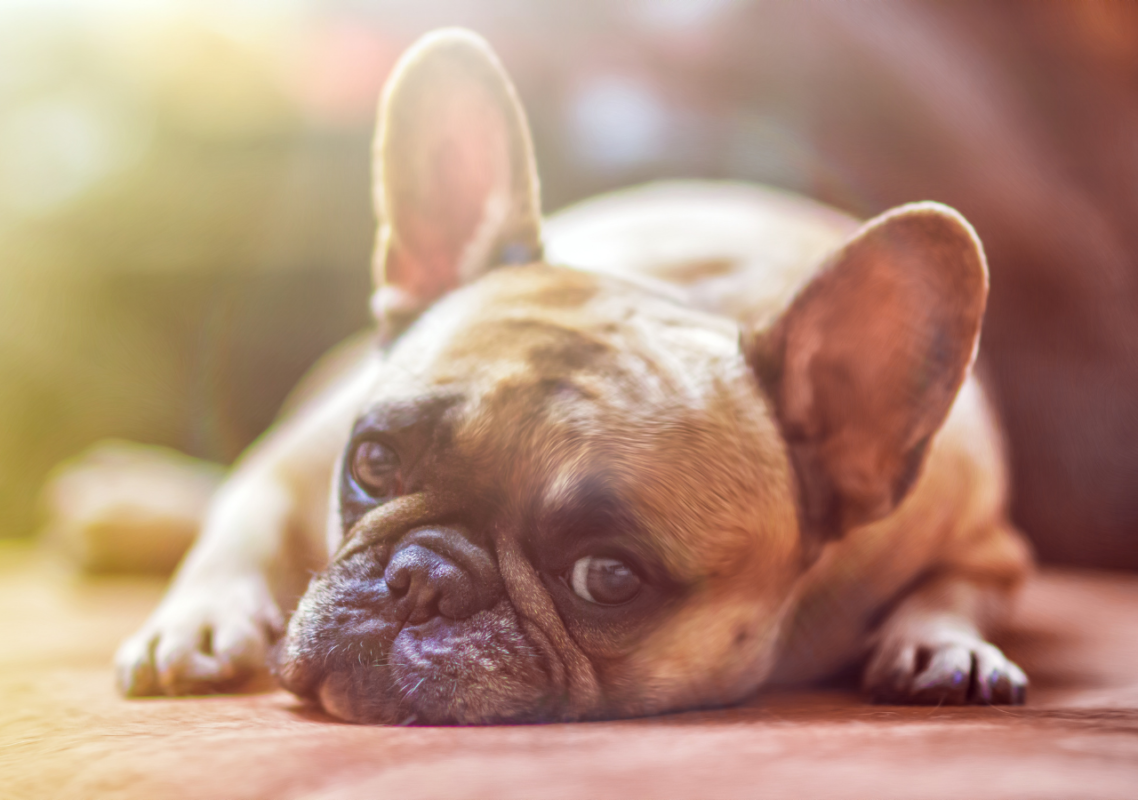
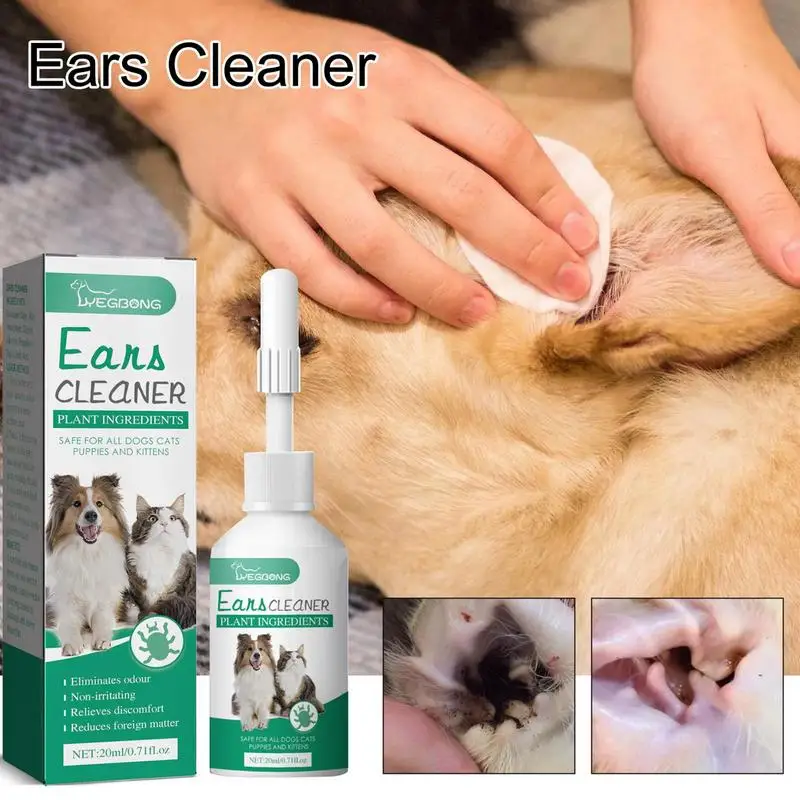
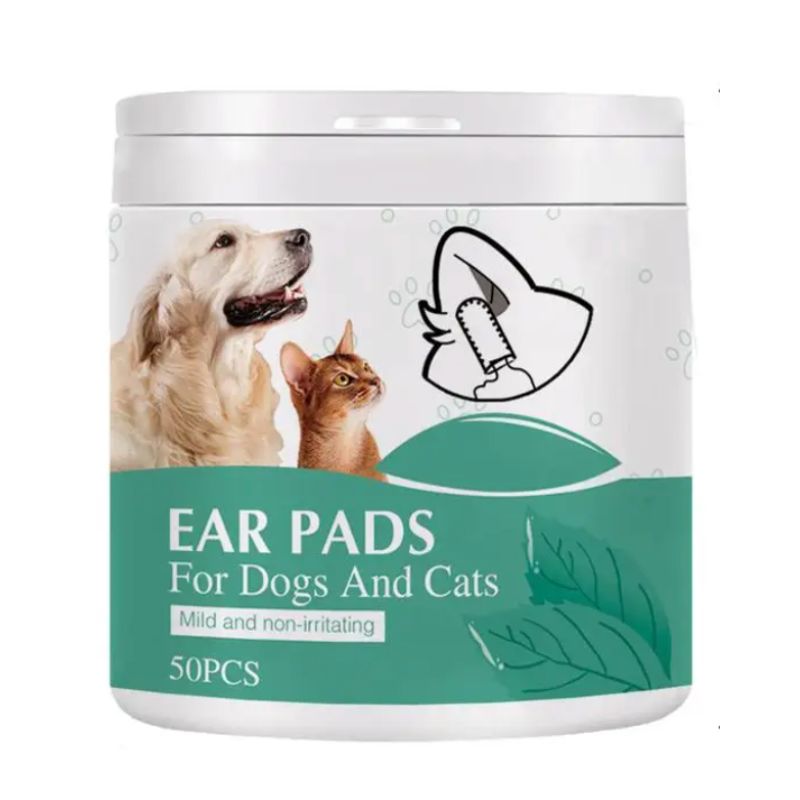

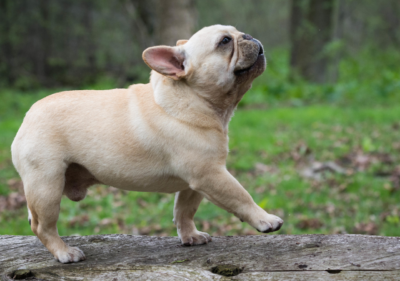


 French Bulldog Jackets & Coats
French Bulldog Jackets & Coats French Bulldog Dresses & Skirts
French Bulldog Dresses & Skirts French Bulldog Hoodies
French Bulldog Hoodies French Bulldog Sweaters
French Bulldog Sweaters French Bulldog Shirts
French Bulldog Shirts French Bulldog Pajamas
French Bulldog Pajamas French Bulldog Costumes
French Bulldog Costumes French Bulldog Life Jackets
French Bulldog Life Jackets

 French Bulldog Collars
French Bulldog Collars French Bulldog Harness
French Bulldog Harness
 French Bulldog Backpacks
French Bulldog Backpacks








2 thoughts on “Yeast Infection in French Bulldogs: Reason and Best Treatment Options”